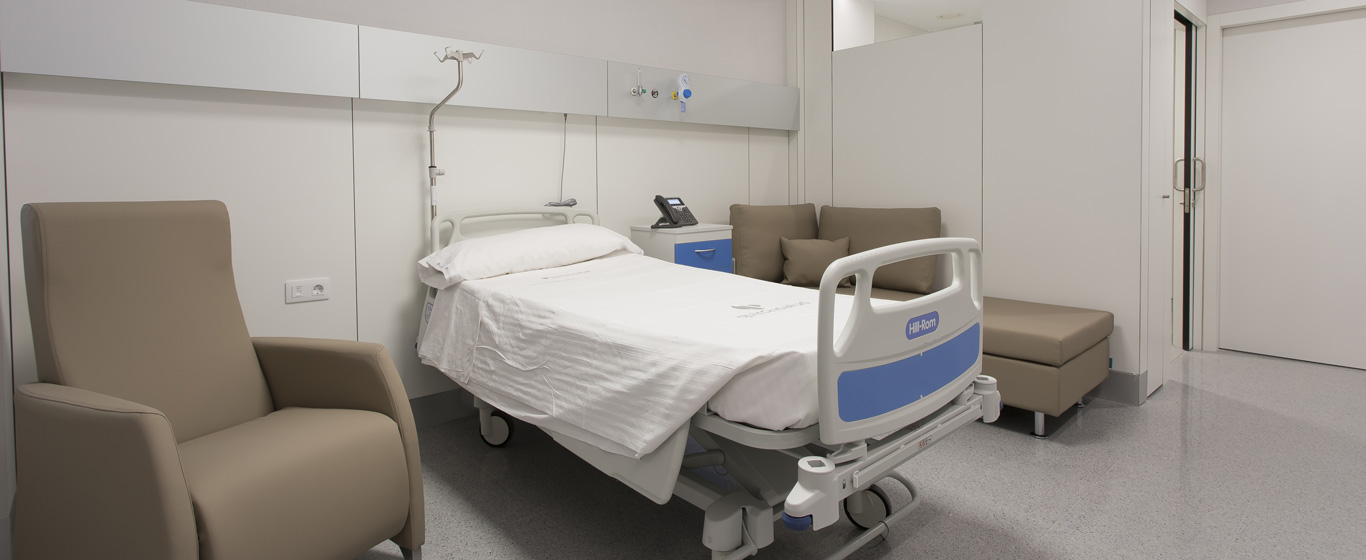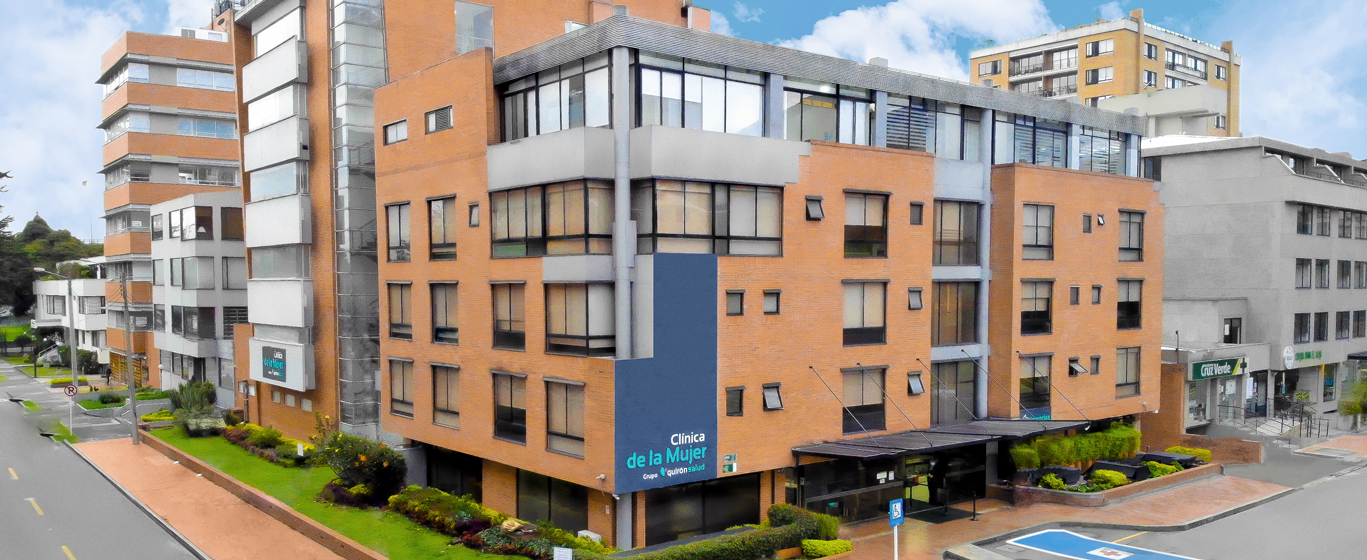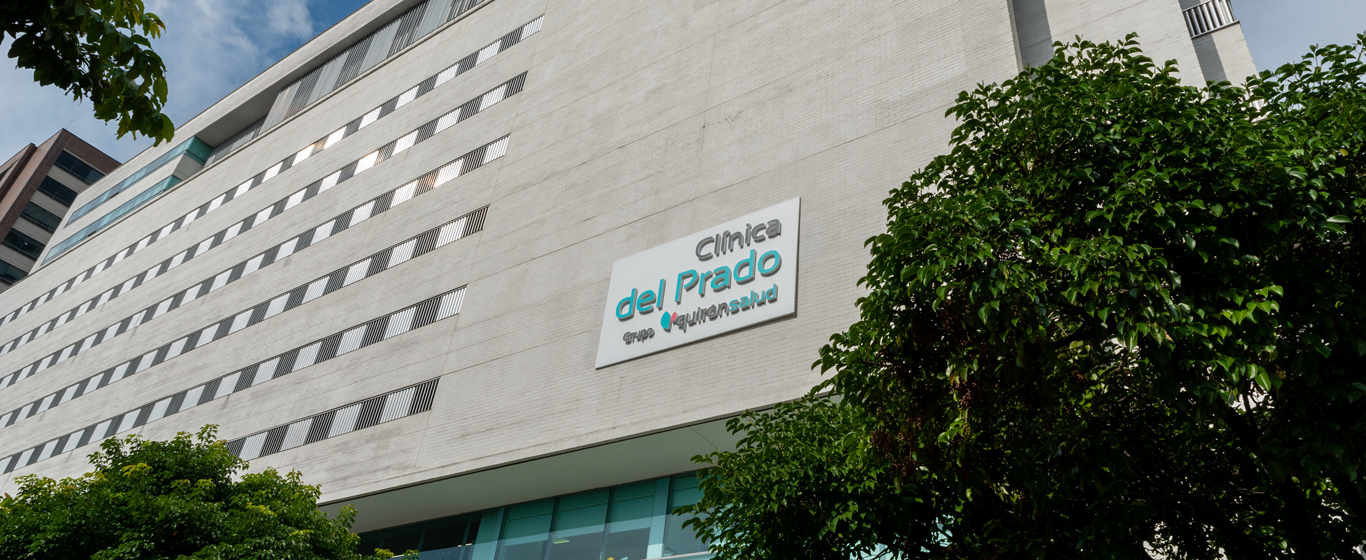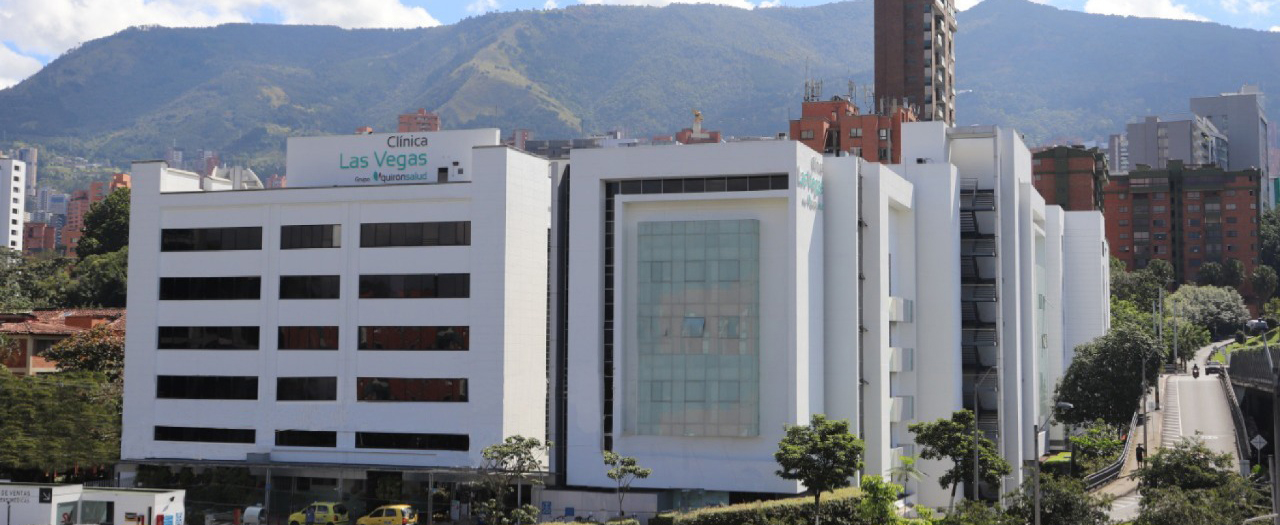Rectal Prolapse
Why does rectal prolapse occur? All the information about this condition: causes, symptoms, and treatments.
Symptoms and Causes
Rectal prolapse refers to the slipping or descent of the rectal wall out of place, typically protruding through the anal opening.
Depending on the portion of the rectum that protrudes, three types or grades of rectal prolapse are distinguished:
- Partial rectal prolapse: only the mucosal lining of the rectum slides out and protrudes.
- Complete rectal prolapse or procidence: the entire wall of the rectum protrudes through the anus.
- Internal rectal prolapse or rectal invagination: the rectum descends and folds upon itself, but does not protrude.
Symptoms
Common symptoms of rectal prolapse include:
- A red mass protruding from the anal opening: it is usually temporary and can be seen only during defecation, but it can also occur while standing or walking, and in some cases, may be constant.
- A sensation of a lump in the anus.
- Leakage of mucus or blood from the anus, which may also be seen in the stool.
- Fecal incontinence.
- Constipation or diarrhea.
- The sensation of not fully emptying the bowel during defecation.
- A feeling of pressure in the rectum.
- Occasionally, pain or itching in the anus and rectum.
Causes
There is no clear cause of rectal prolapse, although it is often associated with certain structural abnormalities:
- Weakness of the pelvic floor muscles.
- Weakness of the anal sphincters.
- Abnormally long colon.
- Structural issues in the ligaments that hold the rectum in place.
Additionally, certain conditions that chronically increase intra-abdominal pressure or weaken the pelvic floor muscles can lead to rectal prolapse:
- Cystic fibrosis.
- Intestinal parasitic infections.
- Straining during defecation for prolonged periods.
- Chronic cough.
- Nerve or tissue damage to the anus or rectum, which can be caused by:
- Pregnancy.
- Vaginal childbirth.
- Spinal cord injuries.
- Pelvic or anal surgeries.
- Trauma.
Risk Factors
Risk factors for rectal prolapse include:
- Age: As people age, pelvic floor muscles weaken.
- Sex: Rectal prolapse is more common in women.
- Chronic constipation.
Complications
If untreated, rectal prolapse can damage the muscles and nerves of the sphincter, leading to severe anal incontinence. It can also cause ulcers in the rectum. Furthermore, a rectal prolapse that does not return to its original position is an emergency because it can interrupt blood flow to the affected part of the rectum.
Prevention
To prevent rectal prolapse, it is recommended to take measures to avoid constipation and intra-abdominal pressure:
- Increase fiber intake in the diet.
- Drink enough water, 6 to 8 glasses daily.
- Exercise regularly.
- Maintain a healthy weight.
- Avoid excessive strain in the abdominal area.
Which doctor treats rectal prolapse?
Rectal prolapse is treated by specialists in proctology and general surgery.
Diagnosis
To confirm rectal prolapse and determine its grade, as well as rule out other related disorders, several tests may be performed:
- Physical examination: A digital rectal exam is performed to check for prolapse and assess the strength of the sphincter muscles. The prolapse may not always be visible, so the exam is done with the patient standing, squatting, and bearing down.
- Sigmoidoscopy: A probe with a camera is inserted through the anus and guided to the lower colon (the sigmoid colon).
- Colonoscopy: A similar procedure to the previous one, but with this probe, the entire colon is examined.
- Barium enema: This involves performing an ultrasound of the colon, rectum, and anus after introducing a liquid containing barium into the anus. This liquid makes soft tissues visible on X-ray.
- Defecography: The patient is given a rectal enema containing contrast liquid, and images are taken by X-ray or MRI while the patient contracts and relaxes the anal muscles as if defecating. This checks the function of the pelvic and anal muscles and rectal function.
Treatment
Rectal prolapse treatment has several approaches depending on the severity of the prolapse and the presence of other pelvic conditions. Options include:
- Conservative treatment: For minor and early prolapses.
- Measures to relieve constipation: fiber, water, and laxatives or stool softeners.
- Specific exercises to strengthen the pelvic floor.
- Surgical treatment: For complete prolapses or partial prolapses that do not improve with conservative treatment.
- Abdominal repair: Access to the abdominal cavity is made through an incision in the abdomen. This can be done via open surgery, laparoscopy, or robotic-assisted surgery.
- Resection: Removal of part of the intestine.
- Rectopexy: The rectum is mobilized and fixed to the pelvic floor muscles or the sacrum.
- Perineal repair: A less invasive procedure used for older patients or those with health problems.
- Altemeier technique: The portion of the rectum that protrudes from the anus is amputated, and the remaining part is attached to the colon.
- Delorme technique: Only the inner lining of the rectum that protrudes is removed, and the muscle layer is folded to shorten the rectum and keep it inside the anal canal.






































































































